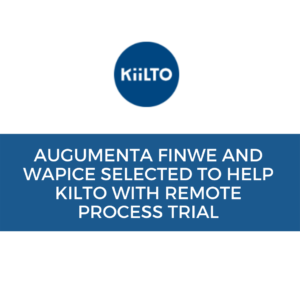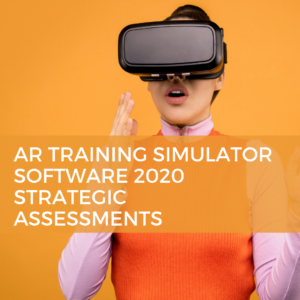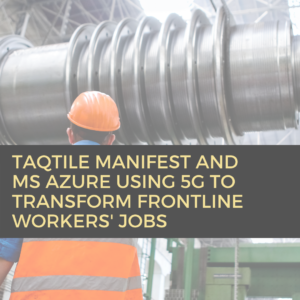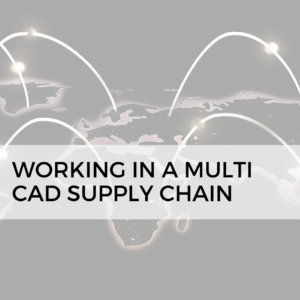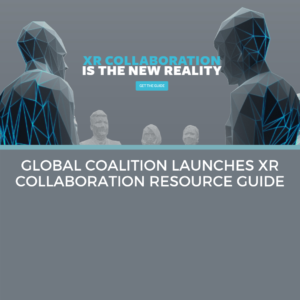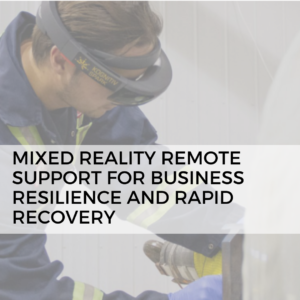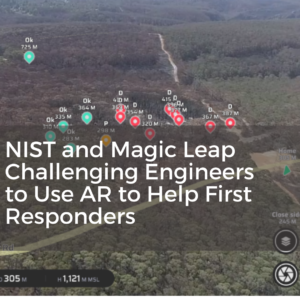Volvo Group Delivers Digital Thread Through Lens of Augmented Reality

This is especially true for the Volvo Group, which had a nearly 260,000 order in-takes for trucks in 2018. To adapt to this changing landscape, Volvo is undertaking significant digital transformation and industry 4.0 initiatives, rethinking how it improves its physical processes, products, and people with current and emerging technologies.
The Challenge
Volvo prides itself on strategically differentiating its vehicles on quality and engineering excellence. In today’s rapidly changing market, customization has become the new normal. This presents new quality assurance challenges as product complexity and unique configurations increase in volume and rate of change.
“Volvo’s engines are very sophisticated with 4,500 different engine information variants for just one plant and 13,000 variants for the full plant for referencing,” explains Geoffrey Blanc, Manufacturing Technology Manager at Volvo.
Engine quality control and assurance in Volvo’s manufacturing plants are subject to rigorous quality checks, a task reserved for Volvo’s most experienced technicians. In one plant, each engine requires 40 checks, with 200 possible quality assurance (QA) variants, which must be completed at the QA station in only eight minutes.
Training new operators on these complex inspection procedures takes five weeks, which adds to the overall cost of quality. The laborious process is paper-based, not only creating extraneous cognitive load for the operators, but also mobilizing time and resources to update, print, and distribute QA materials regularly.
Indeed, the challenge is to establish and maintain a consistent data flow and systems connections to create operational efficiency across the value chain. “As we know, the trucking market is subject to significant variations. To us, flexibility in the plants means how fast we can implement new shifts in production to follow the market,” says Bertrand Felix, Manufacturing Innovation and Technology Manager, Volvo Group.
Volvo piloted an incumbent augmented reality (AR) provider to improve engine quality control processes but found the offering incapable of scaling and integrating across applications, processes, and desired use cases.
As they looked at alternate solutions, agile support for the increasing product complexity and custom configurations coming out of engineering and upstream manufacturing processes and scalability across global operations were critical requirements.
Read the full story on PTC’s website – case studies.

